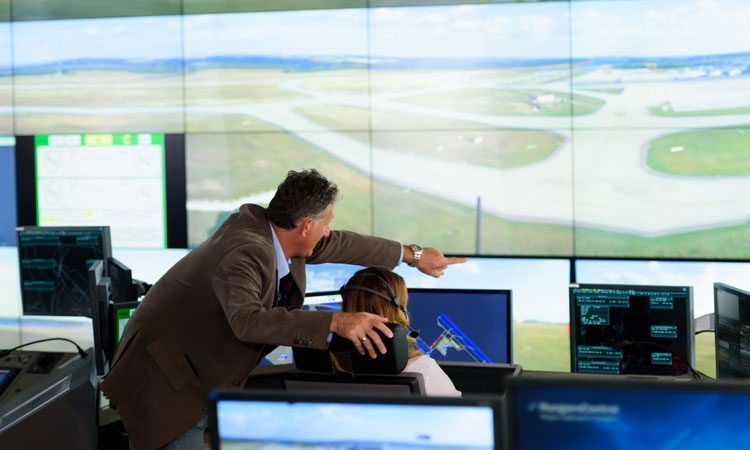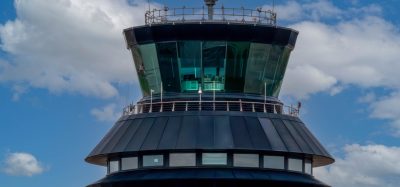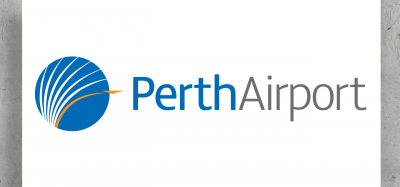Remote digital towers: Next-generation connectivity
- Like
- Digg
- Del
- Tumblr
- VKontakte
- Buffer
- Love This
- Odnoklassniki
- Meneame
- Blogger
- Amazon
- Yahoo Mail
- Gmail
- AOL
- Newsvine
- HackerNews
- Evernote
- MySpace
- Mail.ru
- Viadeo
- Line
- Comments
- Yummly
- SMS
- Viber
- Telegram
- Subscribe
- Skype
- Facebook Messenger
- Kakao
- LiveJournal
- Yammer
- Edgar
- Fintel
- Mix
- Instapaper
- Copy Link
Posted: 7 May 2019 | HungaroControl | No comments yet
As remote tower technology continues to develop, the idea of centralised multiple single remote towers is gaining traction. Csaba Gergely, Senior Air Traffic Management Advisor and Daniel Mcleod, Key Account Manager at HungaroControl, discuss how this concept is fast becoming a reality.


How can the remote tower concept enhance regional airports and hub connectivity?
CG: Remote towers are a reality for a growing number of airports, from regional airports to large hubs. The next logical step is the multi-remote tower concept, where control services are delivered to multiple airports simultaneously from a single working position at a centralised facility. Whilst single remote tower deployments offer notable CAPEX savings, it is the conglomeration of these ‘single deployments’ where the real benefits start to show, especially OPEX savings through a more centralised resource footprint.
More importantly though, providing control services through a centralised remote facility not only supports the business case for services at remote locations, but also increases hub connectivity by connecting non-established or underserved airports to a hub network. Offering both airlines and the travelling public a network that is geographically broader and more connected.
How long until this becomes a reality?
CG: The realisation of the concept is already in progress, with the centralisation of multiple single remote towers that is already underway in countries like Norway and Germany. Other countries with dense regional airport portfolios will soon follow quickly. The multi-remote tower concept, where multiple airports are serviced simultaneously by one controller, is still under development. HungaroControl is playing a key role in the PJ05 project under SESAR2020, which is spearheading the development of this concept. The project is currently going through an extensive validation phase to evaluate technological capability, safety risk and human performance impacts.
What are the benefits for the aviation community in applying these concepts?
DM: As air traffic complexity increases, new innovative approaches are required to meet aviation related KPIs. Fundamentally, the advantages of the remote tower concept brings (i) higher operational efficiency with e.g. enhanced visualisation and situation awareness; (ii) better cost-efficiency; and (iii) improved safety level, especially in the multi-remote tower concept that could provide aerodrome control where it was not financially reasonable. The financial savings can be reinvested into further service improvements or flow down to reductions in the cost of travel, all whilst offering access to an expanded market; both of which are critical to enhance regional connectivity.
How does HungaroControl’s experience contribute to the evolution of the remote tower concept?
DM: HungaroControl has shown the capability for remote tower technology to operate safely and efficiently at scale; our remote tower is the largest deployment globally to date. This precedent demonstrates our expertise and flexing and scaling technology to meet discrete needs driven by a people-focused and ‘lights-on’ safety approach. We bring this expertise to push the innovation boundary with true and tried methods on our own developments, as well as the ever-evolving remote tower concept under SESAR2020.
Issue
Related topics
Air traffic control/management (ATC/ATM), Capacity, Digital transformation, Remote digital towers, Terminal operations


















